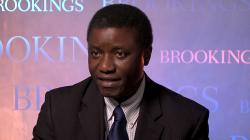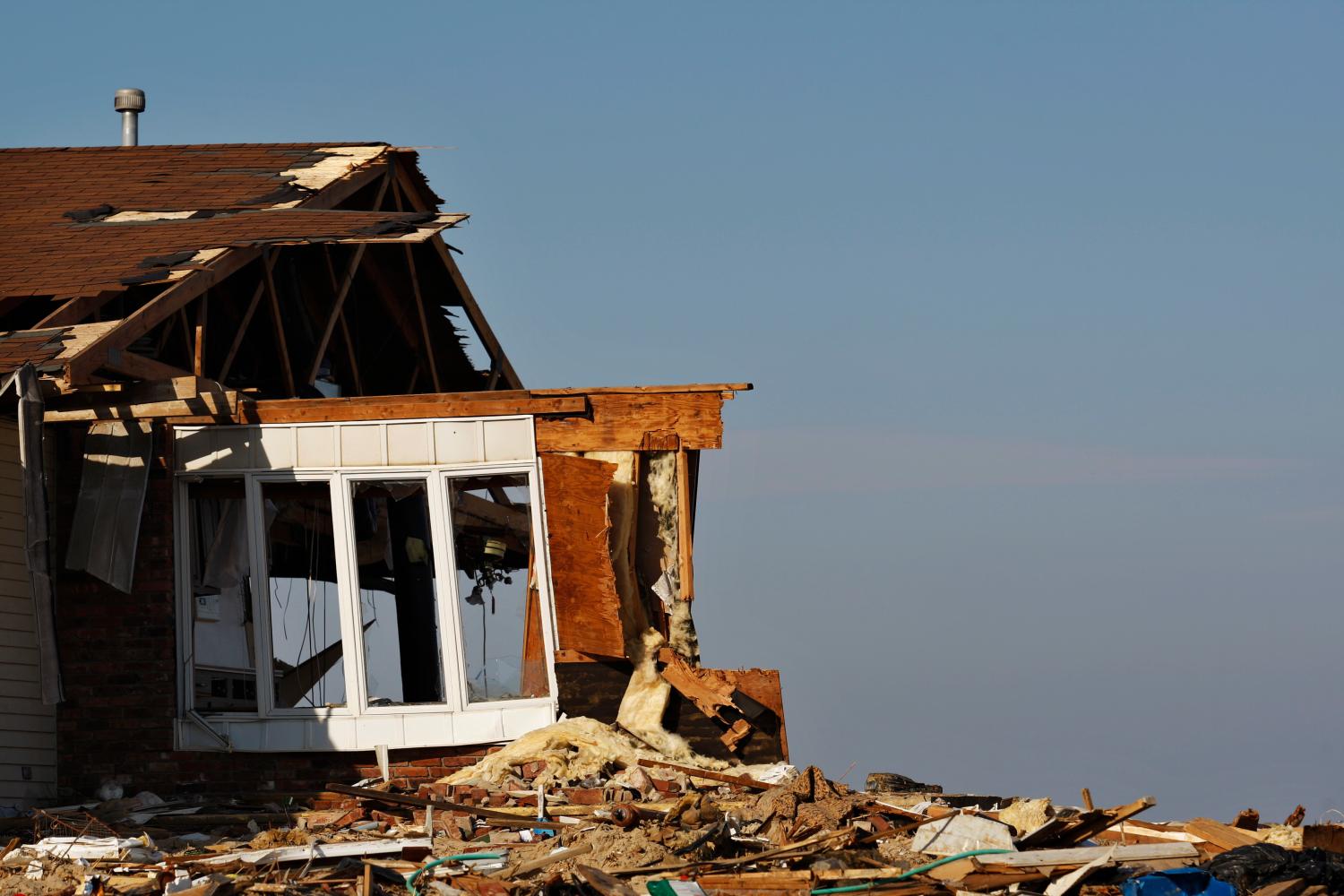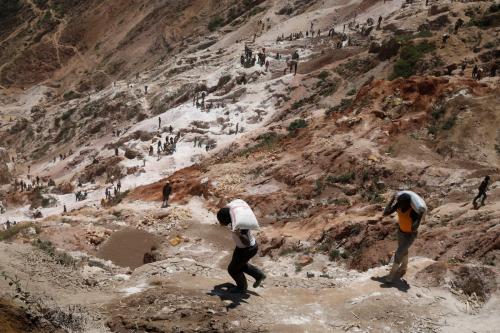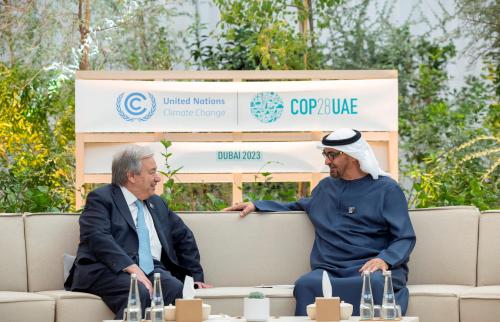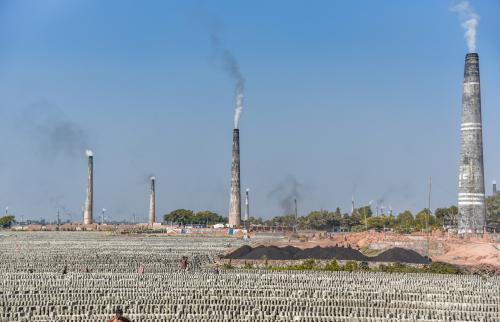 It is with great pleasure that I introduce this report, The Year of Recurring Disasters: A Review of Natural Disasters in 2012, by the Brookings-LSE Project on Internal Displacement. For nearly a decade, the Project has made important contributions in highlighting the human rights of communities affected by natural disasters. This Review is intended to deepen the understanding of current trends in disasters and international disaster response.
It is with great pleasure that I introduce this report, The Year of Recurring Disasters: A Review of Natural Disasters in 2012, by the Brookings-LSE Project on Internal Displacement. For nearly a decade, the Project has made important contributions in highlighting the human rights of communities affected by natural disasters. This Review is intended to deepen the understanding of current trends in disasters and international disaster response.
As the Special Rapporteur on the Human Rights of Internally Displaced Persons, I have witnessed the destruction and suffering caused by natural disasters first-hand. During my mission to Sudan last year, I came away with a strong impression of how slow-onset disasters such as drought and desertification interface with conflict and together cause the displacement of millions of people. Predictions are that climate change will only increase the stresses on many societies. And within societies, it is usually those who are most vulnerable, such as displaced persons, women, children and the elderly, who suffer the worst consequences. A human rights approach to disasters is of the utmost importance as it puts the focus of disaster planning and response on those who are the most vulnerable.
This Review provides an overview of natural disasters occurring in 2012 and of the international humanitarian community’s responses. The authors examine the important, emerging role of regional organizations in preparing for and managing disasters. The report examines the hazard of wildfires with a particular focus on how trends such as urban growth and climate change impact their occurrence. The Review closes with analysis of the intersection between natural disasters and gender, looking at the different ways that disasters affect men and women and emphasizing the importance of women’s participation in disaster risk management.
Over the past decade, there has been increased awareness of the human rights dimensions of natural disaster response. Notably, the Operational Guidelines on the Protection of Persons in Situations of Natural Disasters, adopted by the Inter-Agency Standing Committee, offer concrete guidance to agencies. The revision of those Guidelines in 2010 further strengthened this guidance by, among other things, highlighting the need to adopt disaster risk reduction strategies which take human rights issues into consideration.
I hope that by contributing to a deeper understanding of natural disasters and their impact, this study will help us to prevent natural hazards from becoming disasters and to be better prepared once a disaster strikes.
Sincerely,
Chaloka Beyani
UN Special Rapporteur on the Human Rights of Internally Displaced Persons
Co-Director of the Brookings-LSE Project on Internal Displacement
| « Executive Summary | Introduction » |
